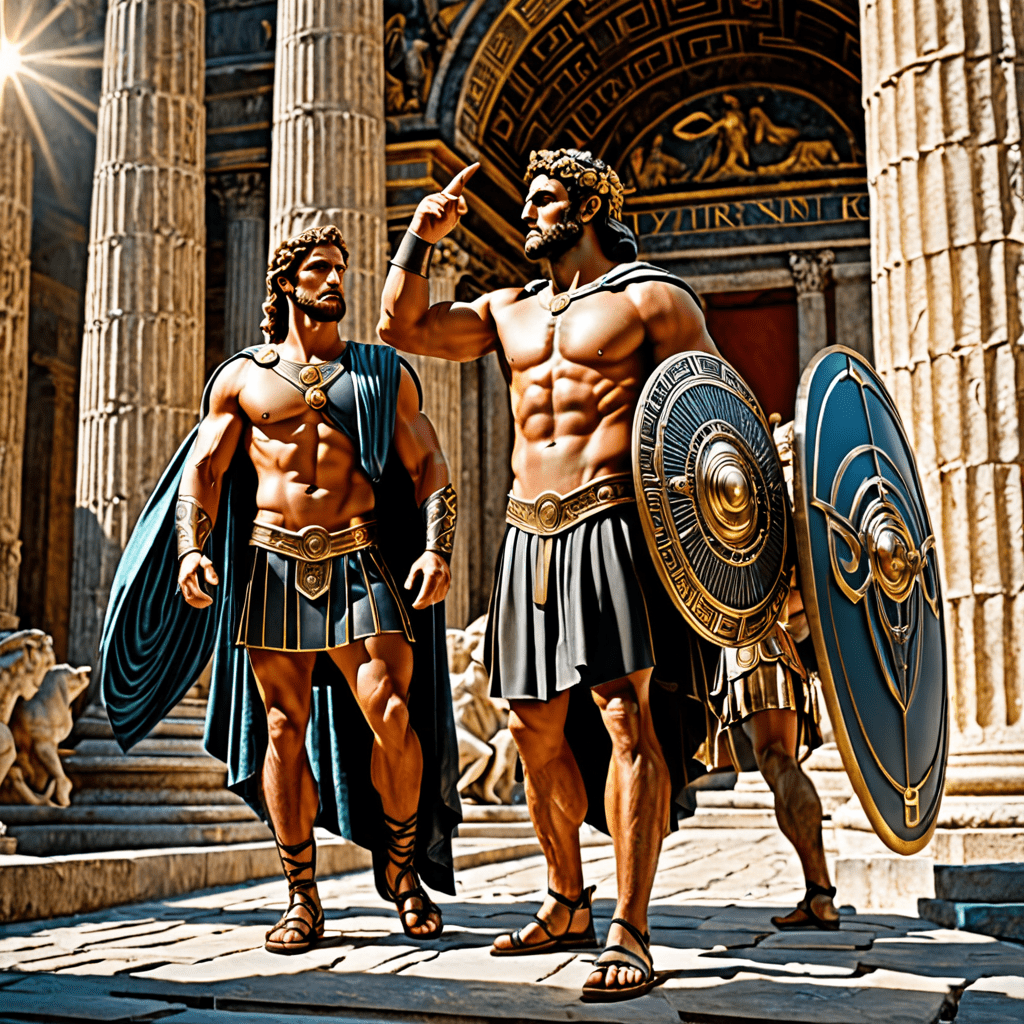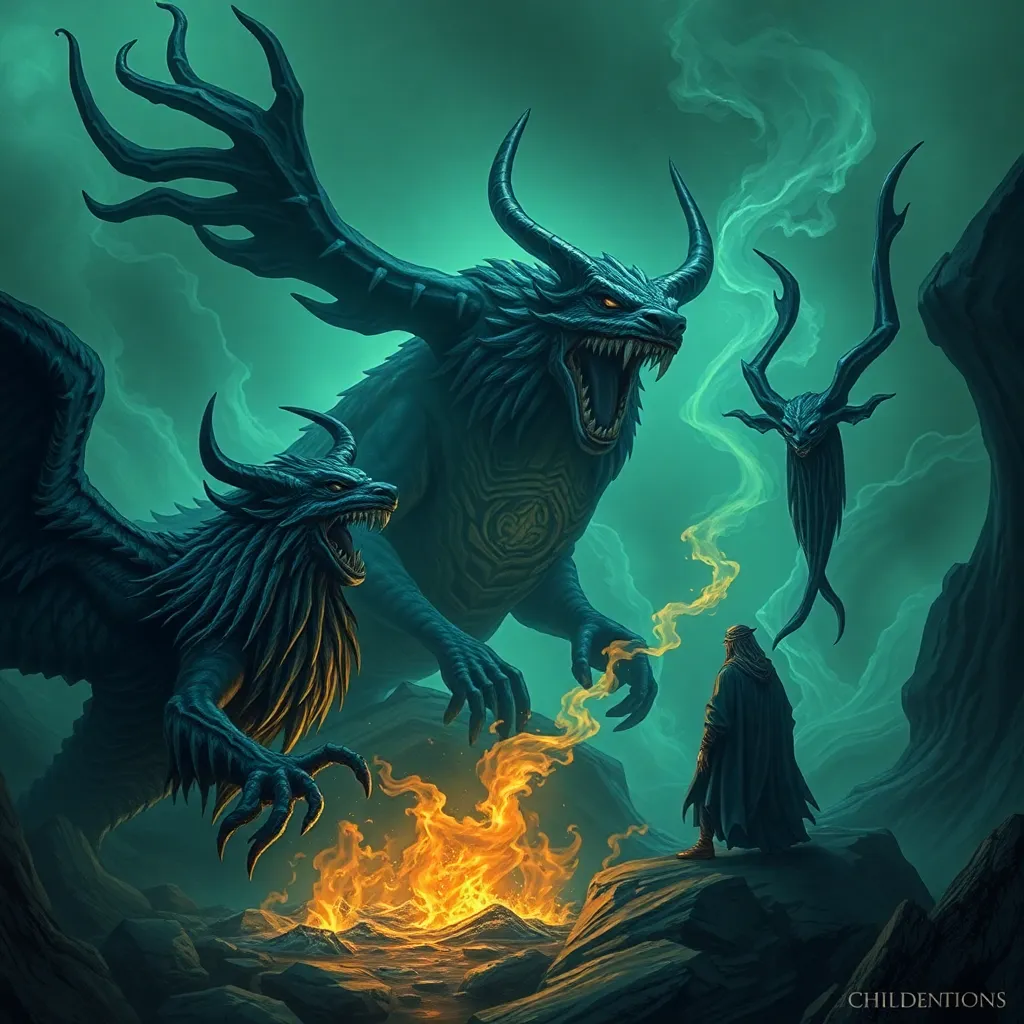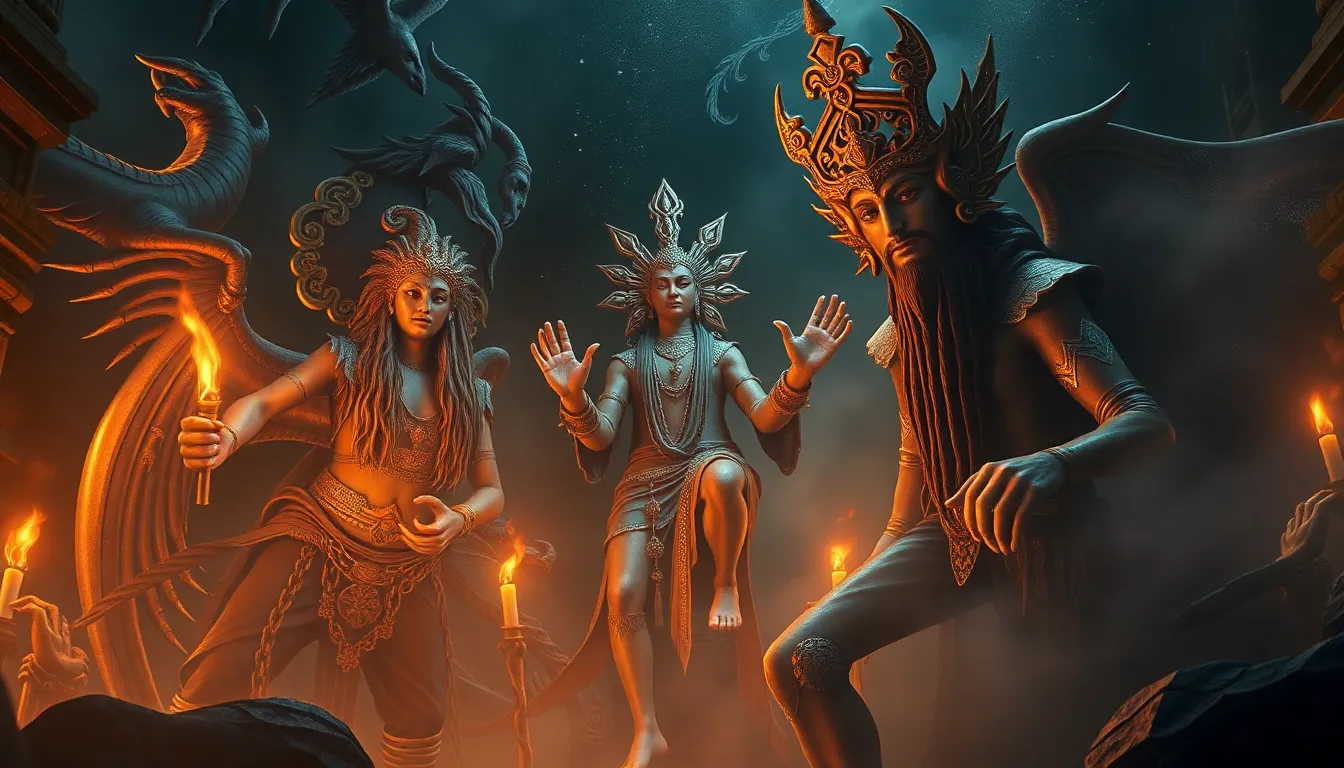Unveiling the Fascinating Concept of Dual Identity in Roman Mythology
The Duality of Roman Gods and Goddesses
Roman mythology, steeped in rich historical and cultural significance, presents a captivating portrayal of dual identities within its deities. The intricate fabric of Roman mythology often depicts gods and goddesses assuming multiple personas, each embodying varying aspects of their character and domain. This duality contributes to the depth and complexity of these divine entities, transcending simple categorizations and encapsulating the multifaceted nature of existence.
Janus – The Two-Faced God of Beginnings and Endings
One of the most iconic representations of dual identity in Roman mythology is found in Janus, the god of transitions, passages, and duality itself. Janus is depicted with two faces, looking both to the past and the future, symbolizing his dominion over beginnings and endings. This dual visage encapsulates the eternal cycle of time, where every start is inevitably linked to an end. Janus embodies the notion that all transitions hold within them the essence of two opposing yet complementary forces.
Diana and Artemis – Lunar Twins
Another compelling example of dual identity lies in Diana, the Roman goddess of the hunt, and Artemis, her Greek counterpart. Both deities share similarities in their purviews, myths, and attributes, emphasizing the interconnectedness between Roman and Greek mythologies. Diana and Artemis embody the duality of the moon, with Diana representing its aspects in Roman tradition, illustrating the fluidity and adaptability of mythological narratives across cultures.
Merging Opposing Forces in Roman Mythology
The theme of dual identity permeates various aspects of Roman mythology, showcasing the harmonious coexistence of opposing forces within the divine realm. From war and peace, creation and destruction, to love and vengeance, Roman myths navigate the intricate balance between these contrasting elements, highlighting the nuanced interplay of dualities in shaping the mythic landscape.
In conclusion, the exploration of dual identity in Roman mythology unveils a profound tapestry of interconnected themes, symbolisms, and narratives. Through the lens of these multifaceted deities and stories, we discover a world where opposing forces blend seamlessly, illustrating the fundamental interconnectedness of all existence within the realm of myth and legend. The dynamic interplay of duality in Roman mythology continues to intrigue and captivate enthusiasts, offering a deeper appreciation for the complexities and depths inherent in these ancient tales.
FAQ About Dual Identity in Roman Mythology
What is Dual Identity in Roman Mythology?
Dual identity in Roman mythology refers to characters or entities with two distinct personas or aspects. This duality often symbolizes contrasting qualities or traits within a single being, reflecting complex themes and narratives.
Can you provide examples of Dual Identity in Roman Mythology?
Sure! One well-known example is Janus, the Roman god of beginnings, transitions, and endings. Janus is depicted with two faces, one looking to the past and the other to the future, symbolizing dual perspectives. Another example is the god Apollo, who embodies both the sun god and the god of prophecy, showcasing different facets within one deity.
How does Dual Identity impact the storytelling in Roman Mythology?
The concept of dual identity adds depth and complexity to Roman myths by exploring the interplay between contrasting forces or qualities. It often highlights the internal struggles, transformations, and dualities present in characters, enriching the narrative with symbolic significance and philosophical reflections.



